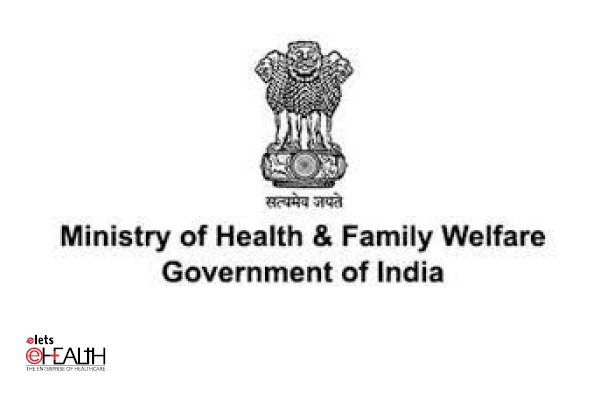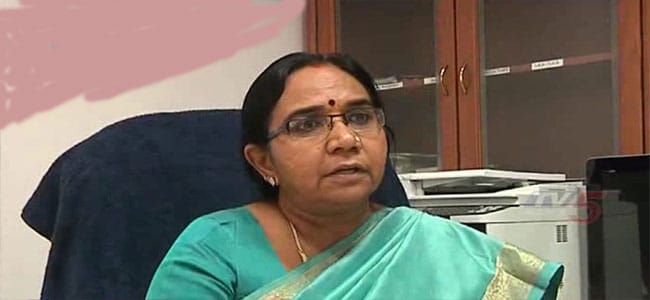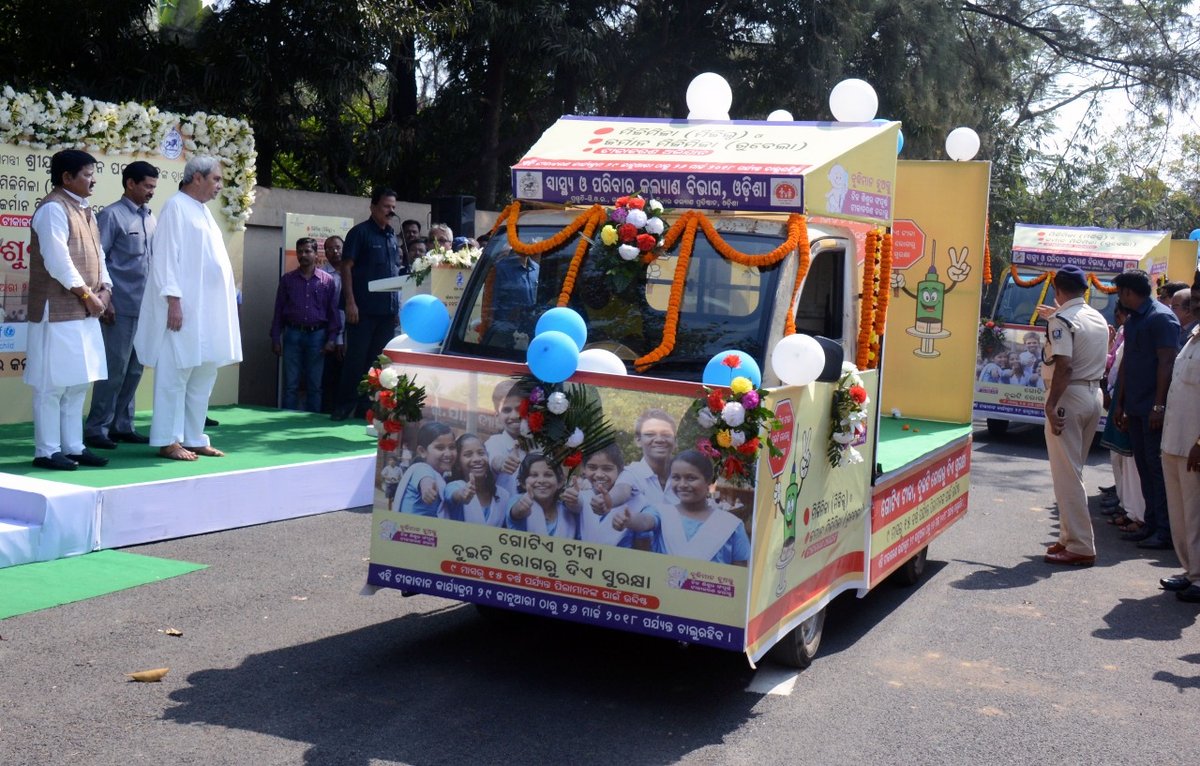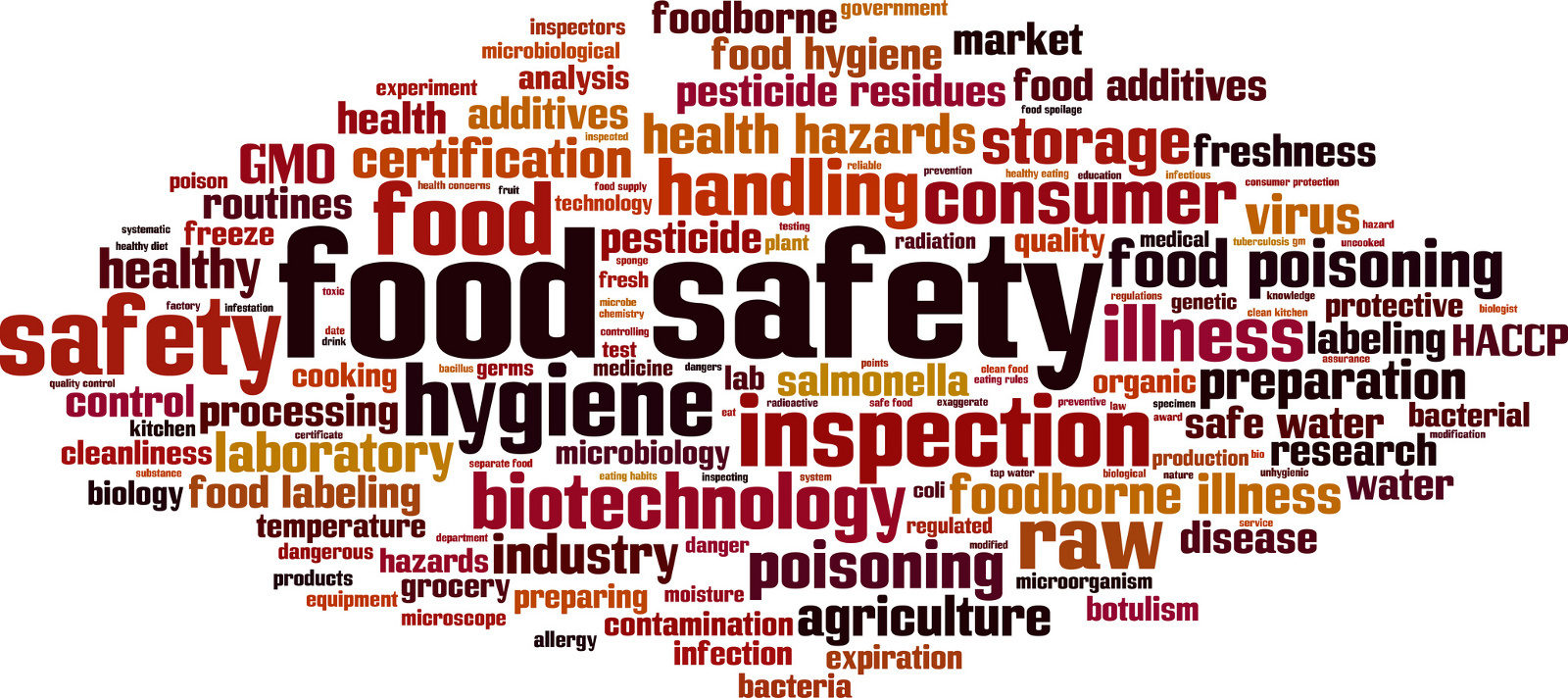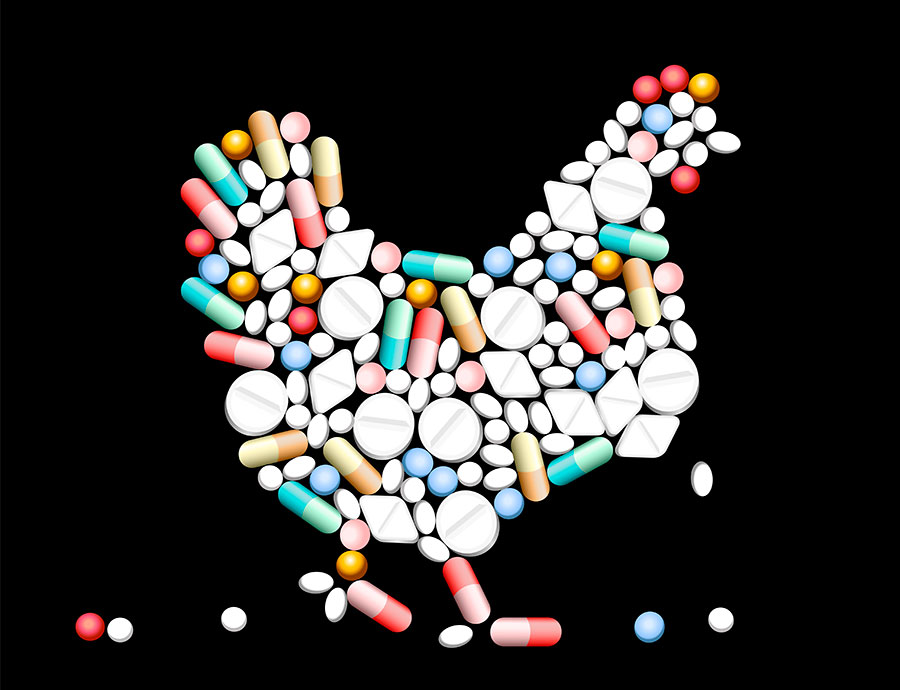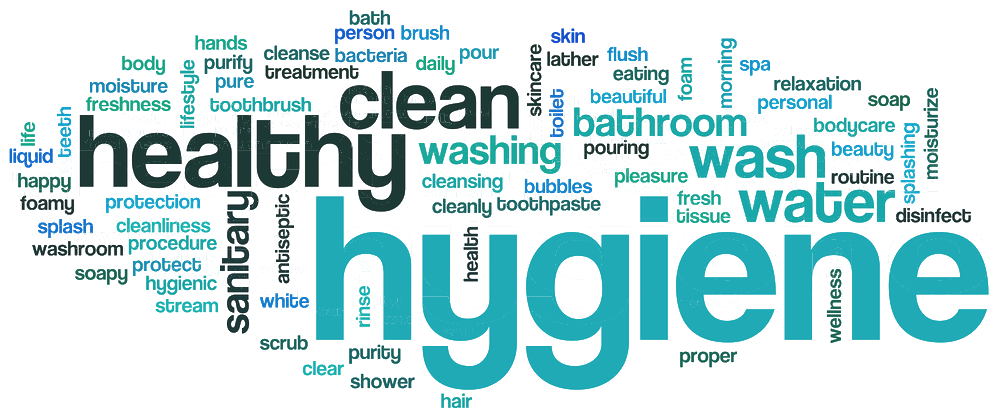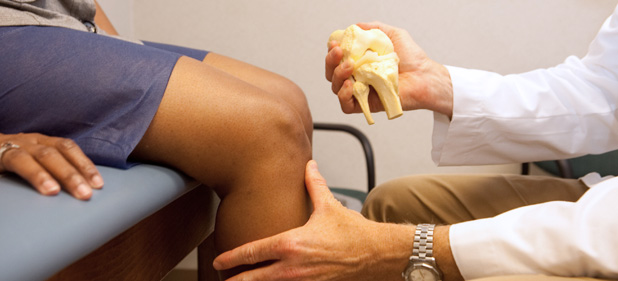
Approximately 10 percent of deceased donor kidneys are considered high-risk for infection (HIV, HCV, HBV) and disease transmission according to criteria set by the Centers for Disease Control and Prevention. But new research suggests that many of these organs are safe and therefore should not be labeled as high risk. Results of this study will be presented at ASN Kidney Week 2013 Nov. 5-10, 2013 at the Georgia World Congress Center in Atlanta.

Researchers led by Moya Gallagher, RN, of New York-Presbyterian Hospital/Columbia University Medical Center, found that since 2004, a total of 170 patients received kidneys that met CDCs high-risk criteria at Columbia University Medical Center. In addition to standard pre-transplant blood screening for HIV, HCV, and HBV, these patients were also screened by antibody and DNA testing at 6, 12, and 24 weeks post transplant. All patients received standard immunosuppressive therapy.
Among the donors, 57.1 percent had a history IV drug use, 25.9 percent had high-risk sexual behavior, 11.8 percent were incarcerated, 7.1 percent were men who had sex with men, and 4.7 percent had received multiple blood transfusions. The majority (77.8 percent) were imported from other centers, suggesting that other centers declined to use these organs. After a median of 2.4 years of follow up, 86.5 percent of transplants were functioning, and there was no transmission of the viral diseases in question.
The findings demonstrate the relative safety of so-called high-risk deceased donor organs when screened by current methods. These organs should probably be labeled as identified risk rather than high-risk, according to the investigators.

Utilization of these organs represents an opportunity for shortening wait time for patients while providing good outcomes and an extremely low level of risk for transmission of infections, says Gallagher. For most deceased organ donors, the medical/social history is obtained second or third hand, and it is erroneous to assume that some of these patients do not fall into the groups that constitute the high-risk classification. Therefore, we believe that the current dichotomized classification is misleading and does a disservice to those patients on the waiting list, she added.
Study: CDC High Risk Designation for Deceased Kidney Donors Is a Misnomer. (Abstract 2603)
Source: American Society of Nephrology (ASN)
Be a part of Elets Collaborative Initiatives. Join Us for Upcoming Events and explore business opportunities. Like us on Facebook , connect with us on LinkedIn and follow us on Twitter , Instagram.


